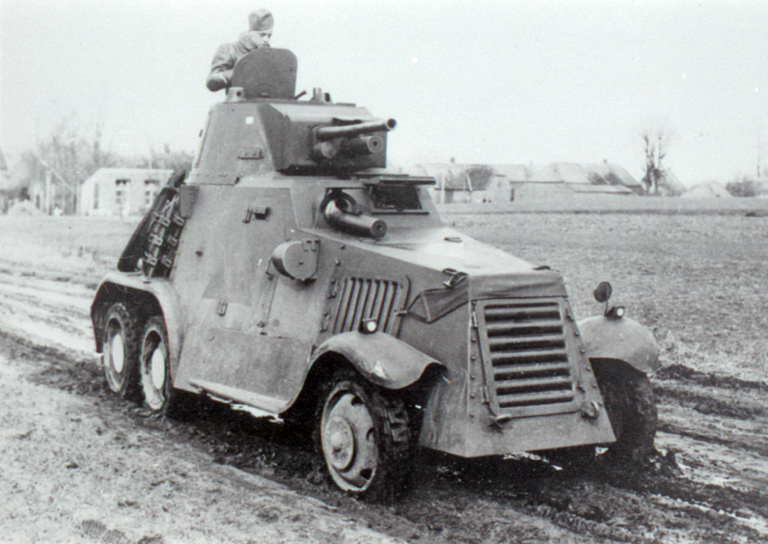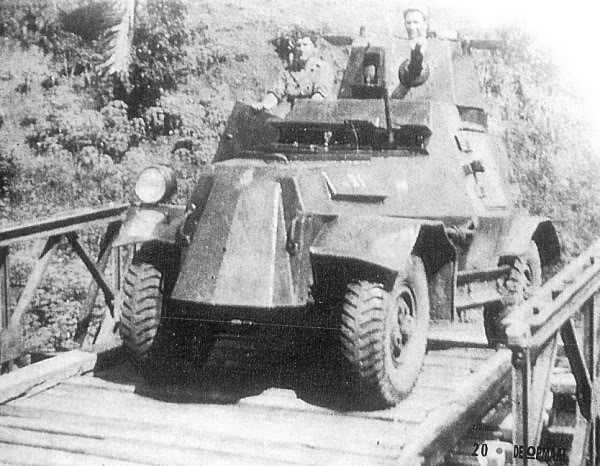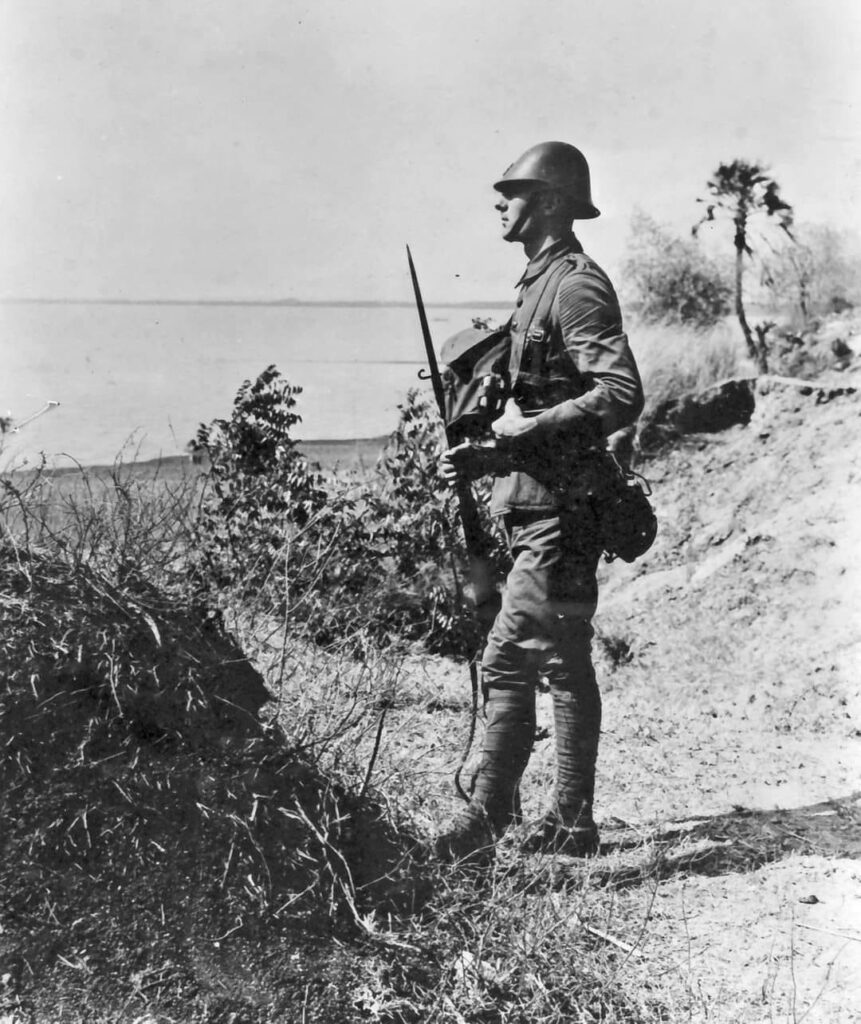Upon their arrival at Surabaja in early JAN 42, most of the TXNG troops boarded trains to the city of Malang in east central Java. There they affiliated with members of the 19th Bomb Group who had evacuated their B-17s from the PI but had to leave behind their ground crewmen. So at the Dutch airfield at Singosari the 2/131 became the ground crew as the AAF pilots flew bombing and recon missions.
A dozen or so of the Guardsmen qualified as gunners on those B-17. The first two casualties occurred when one of this planes was shot down while on a test flight during the initial Japanese air raid on the field.
As the IJA invasion force approached the island, the AAF evacuated to Australia. They offered to ferry out the 131 but the the US Forces Java Command had other plans and assigned the 131 to assist in the defense of the island. LTC Tharp transferred 12 of his men to the AAF and they departed to Australia while the others prepared for the pending invasion as part of Black Force.
Meanwhile, various Australian and British units were arriving at Batavia. The latter were mostly anti-artillery units some of whom found their way to Singosari.
The British and Australians documented their presence on Java more so than the US personnel. The first gallery are of Australian troops:
The Dutch comprised the largest — if not the best trained — number of troops on Java:
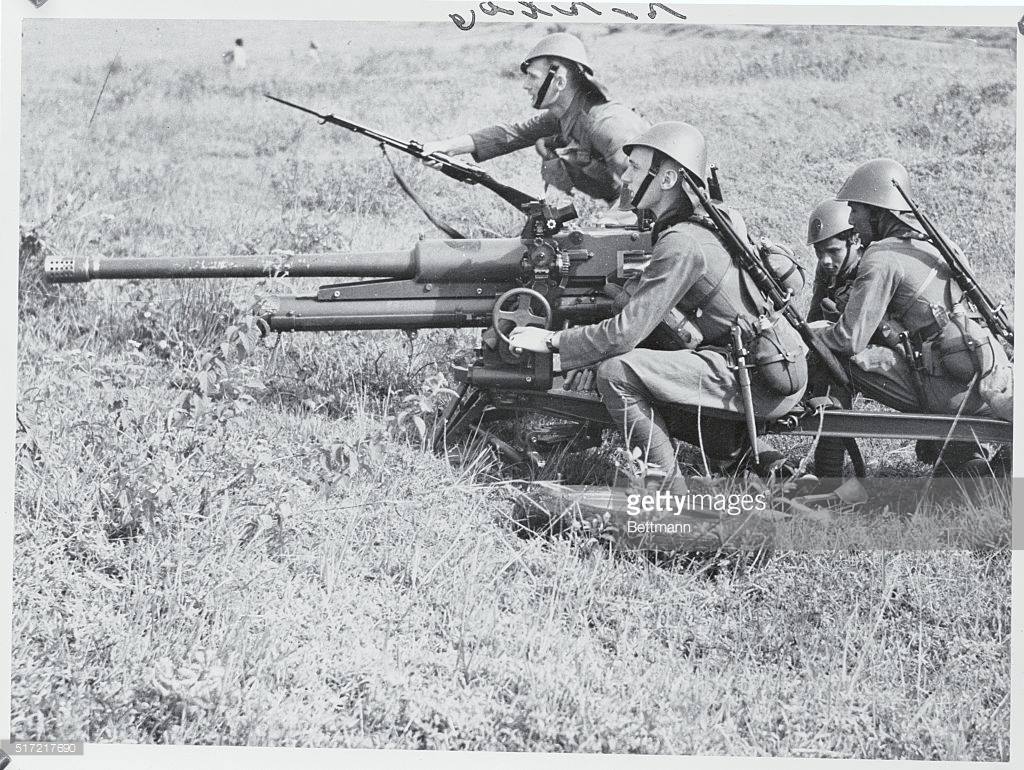
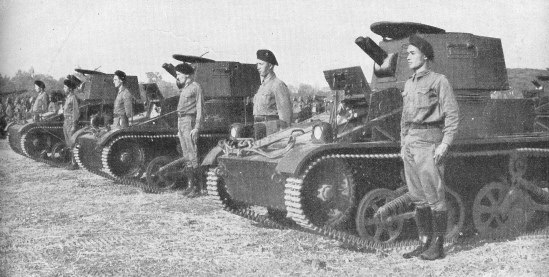
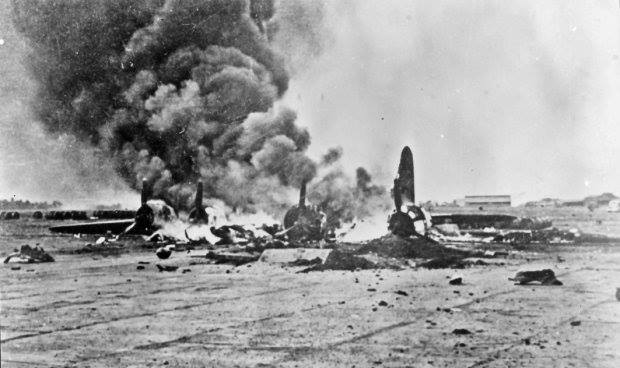
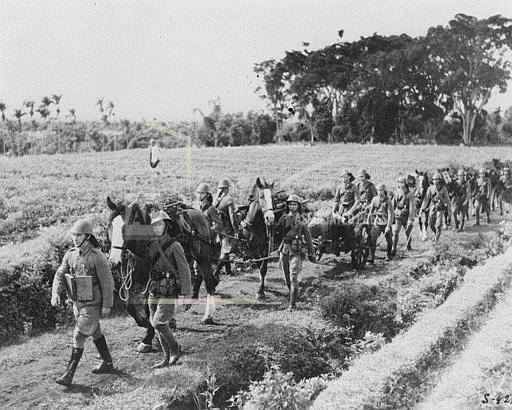
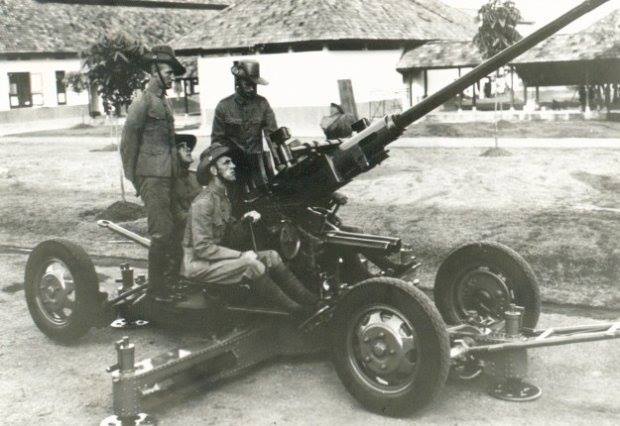
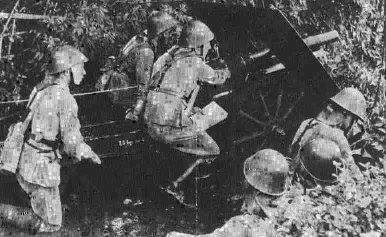
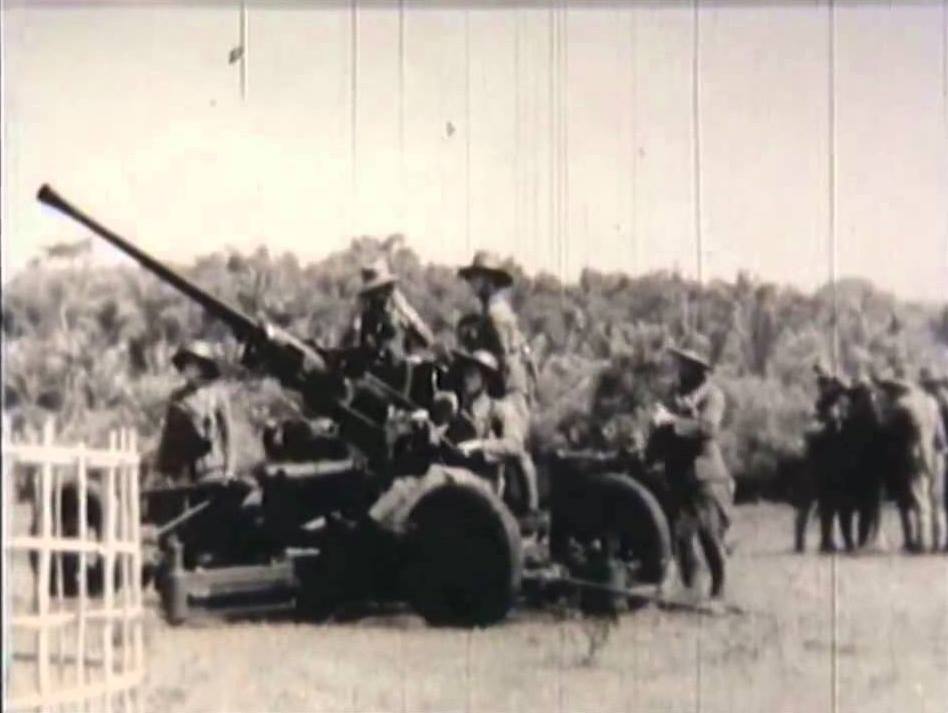
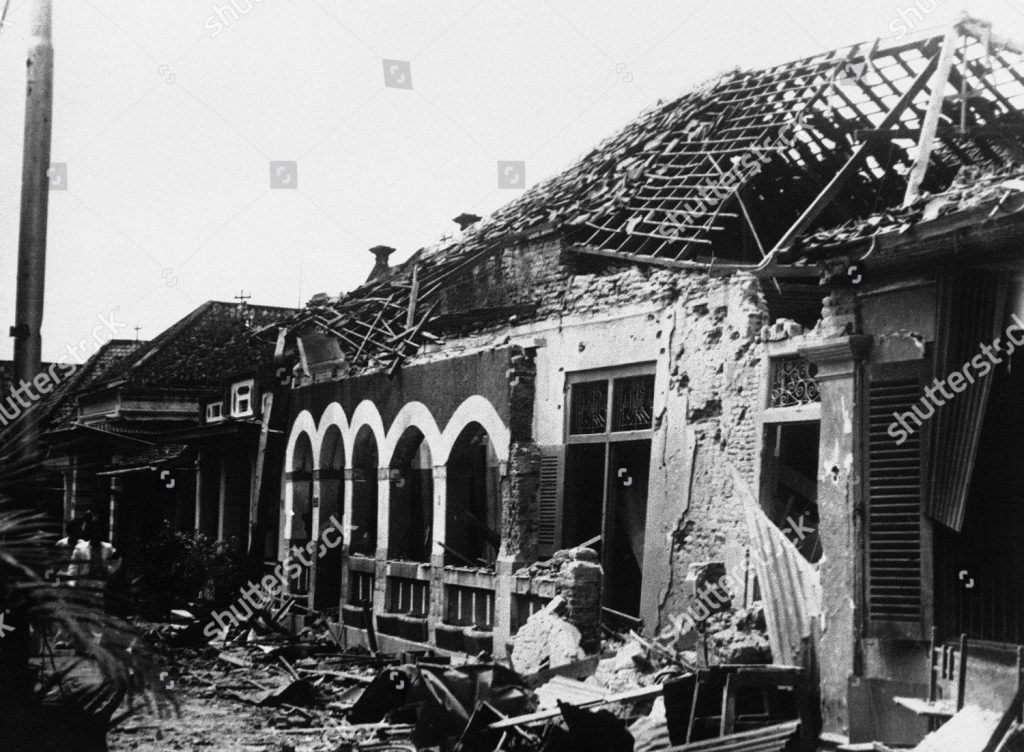
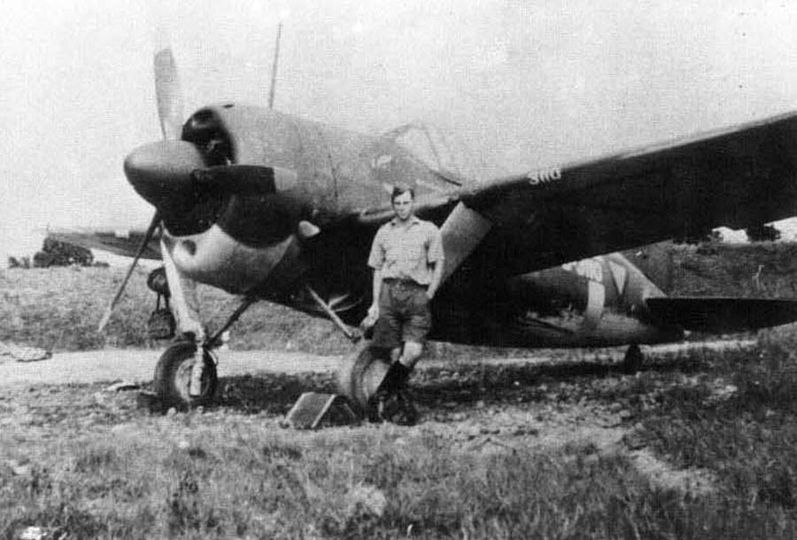
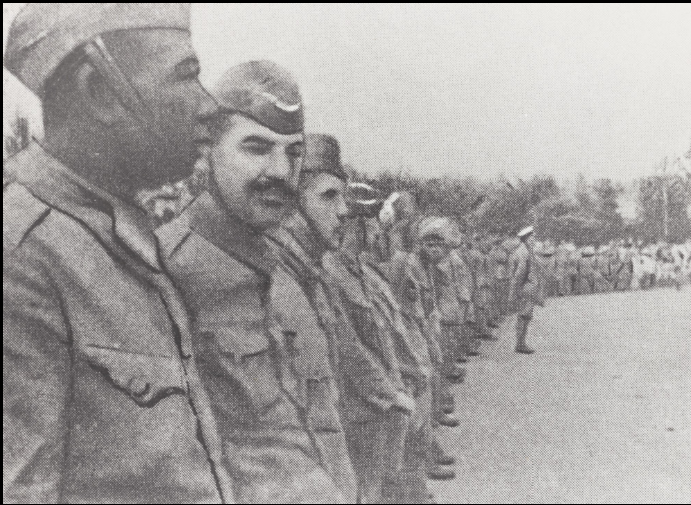
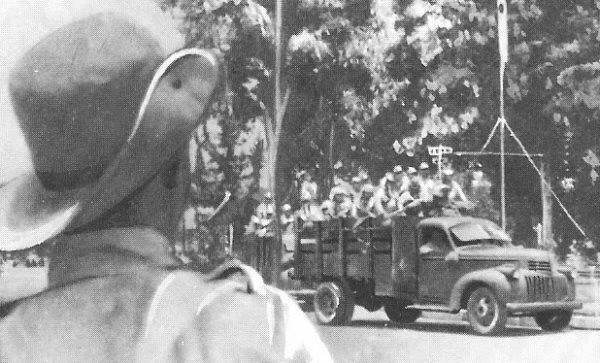
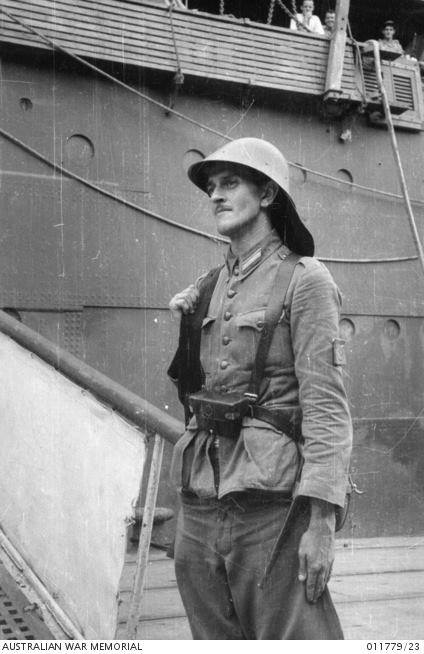
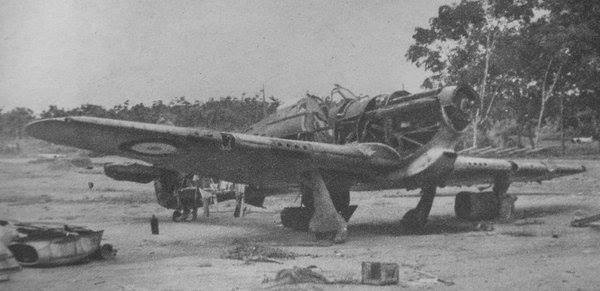
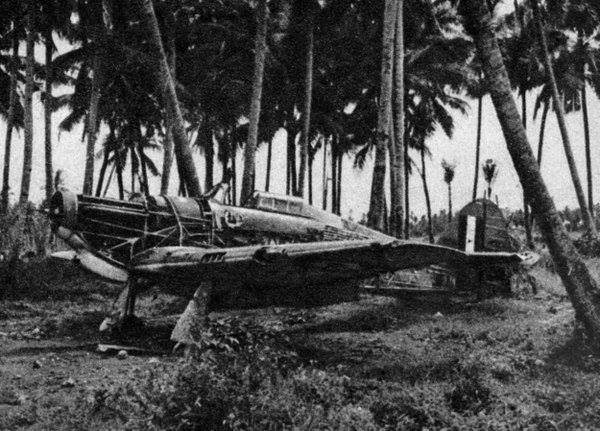
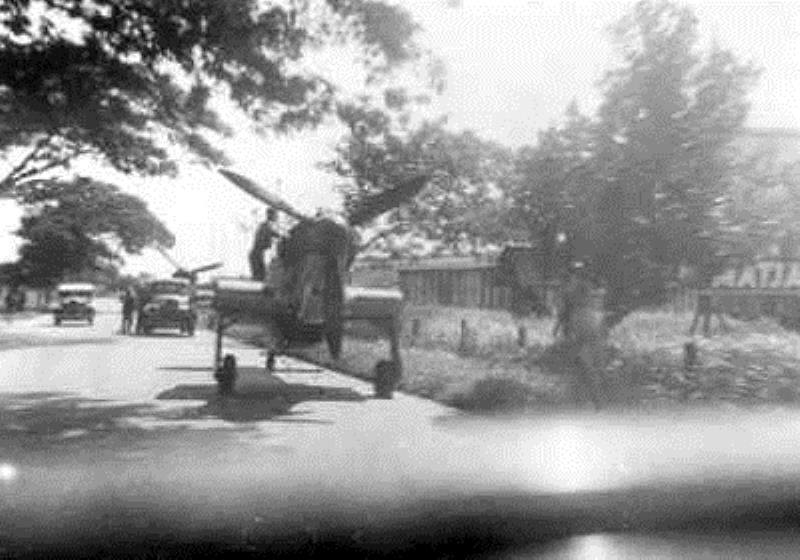
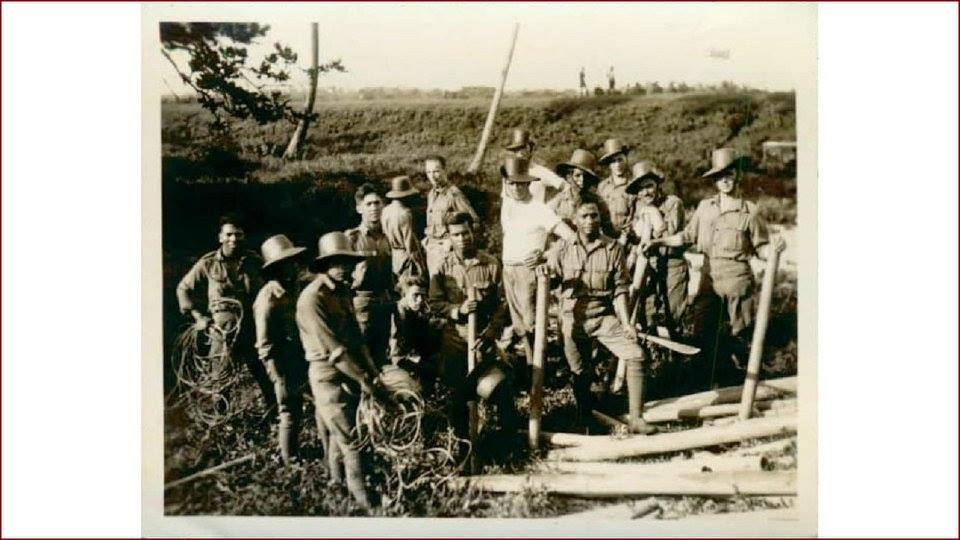
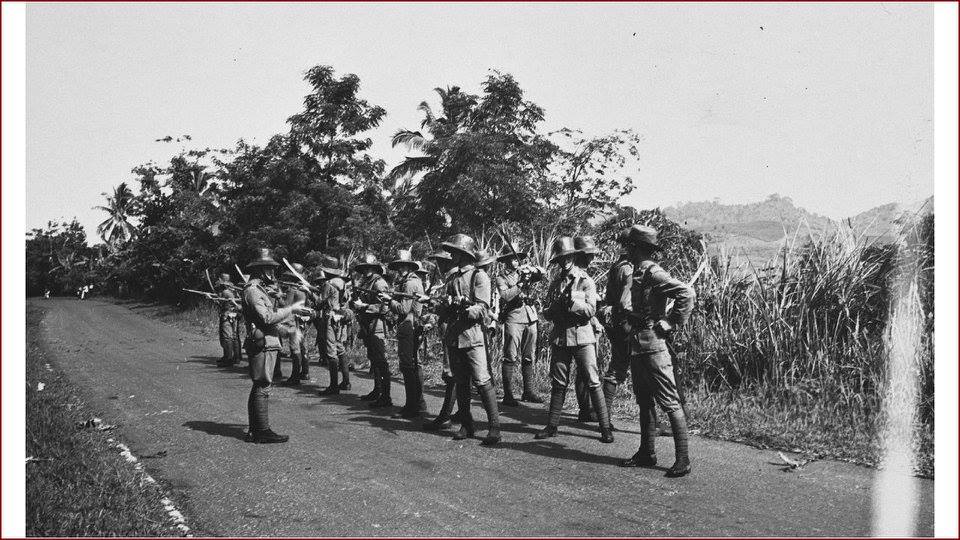
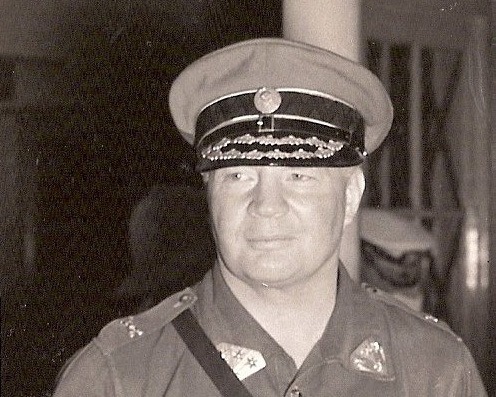
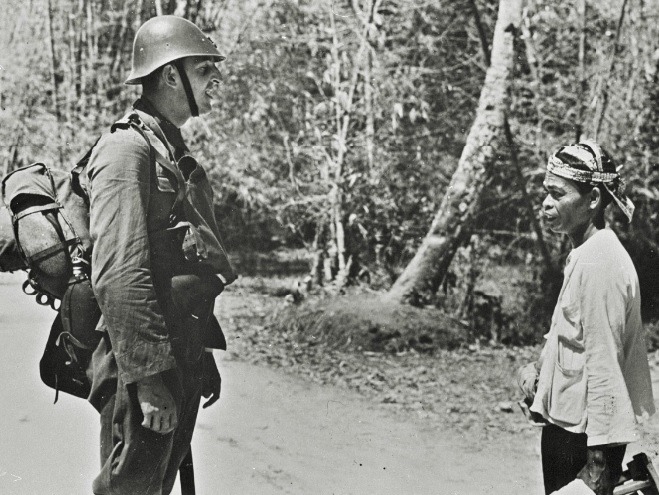
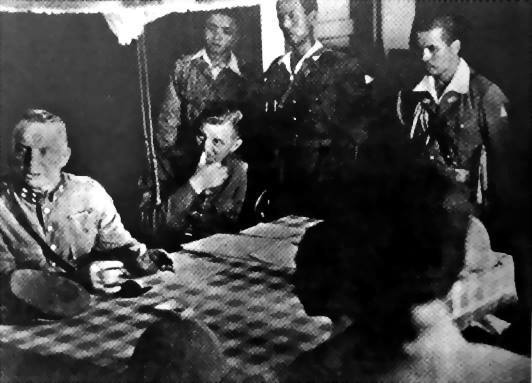
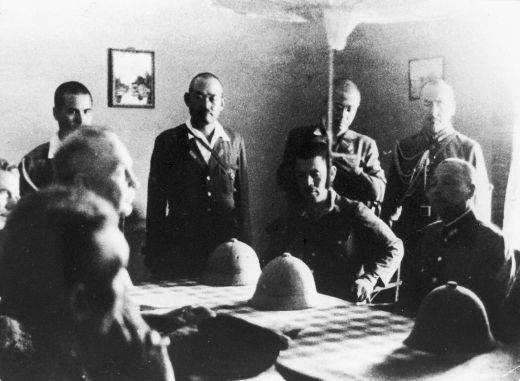
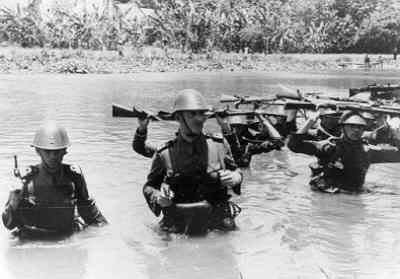
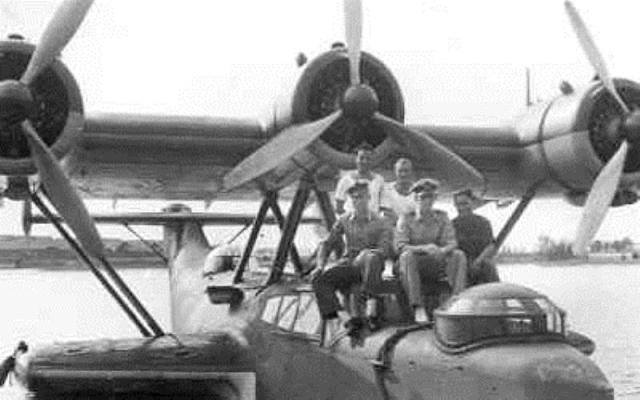
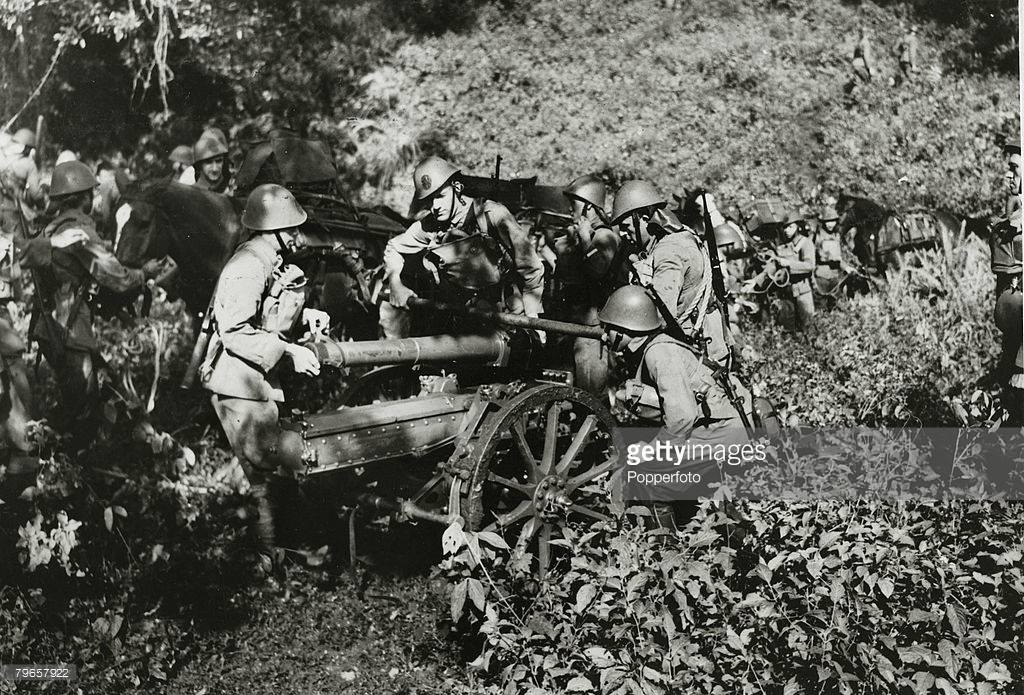
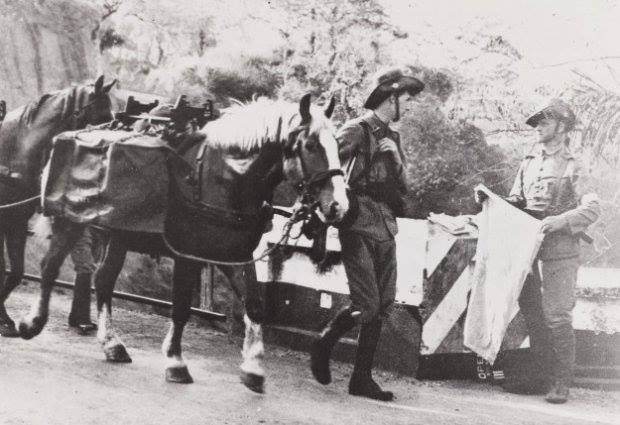
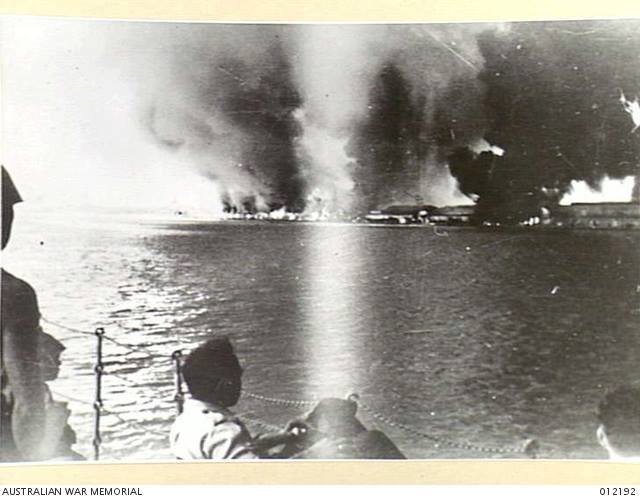
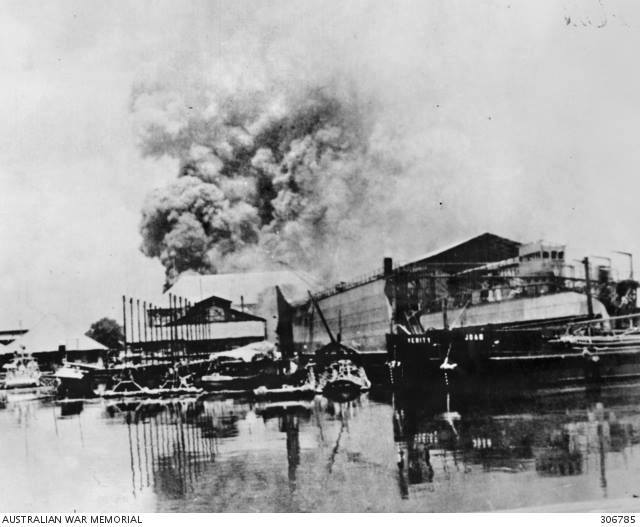
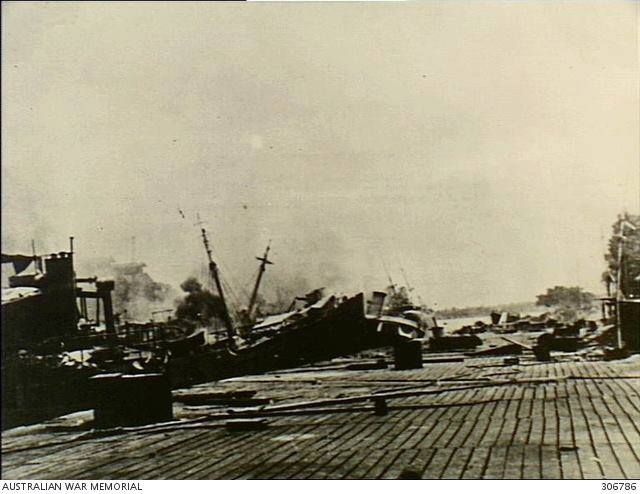
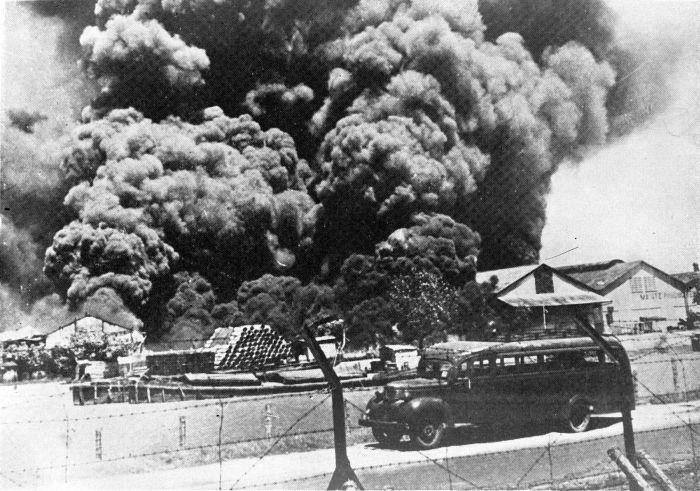
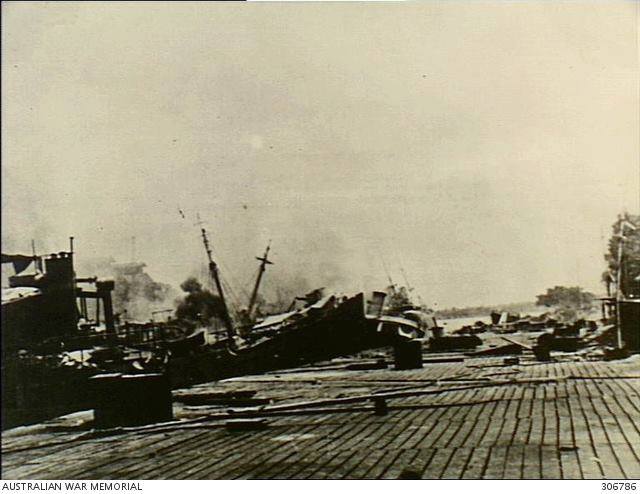
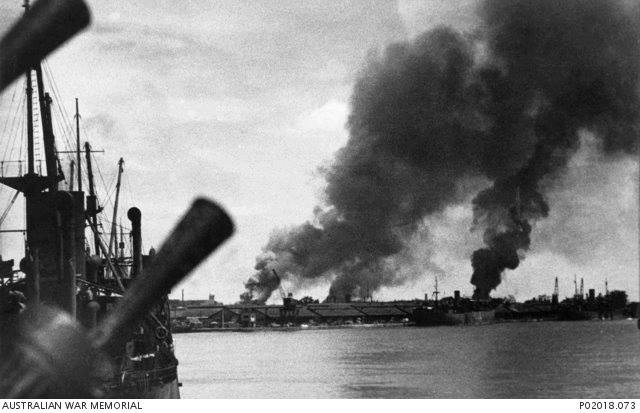
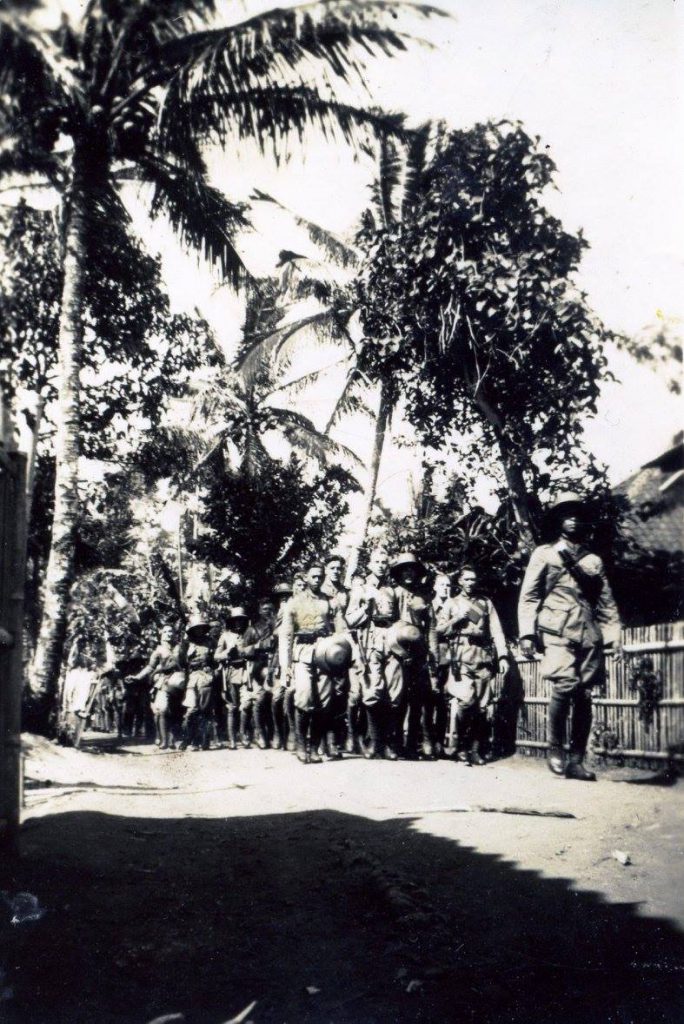
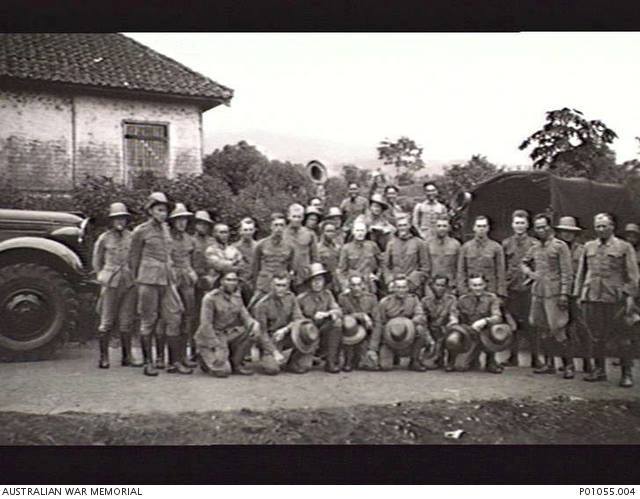
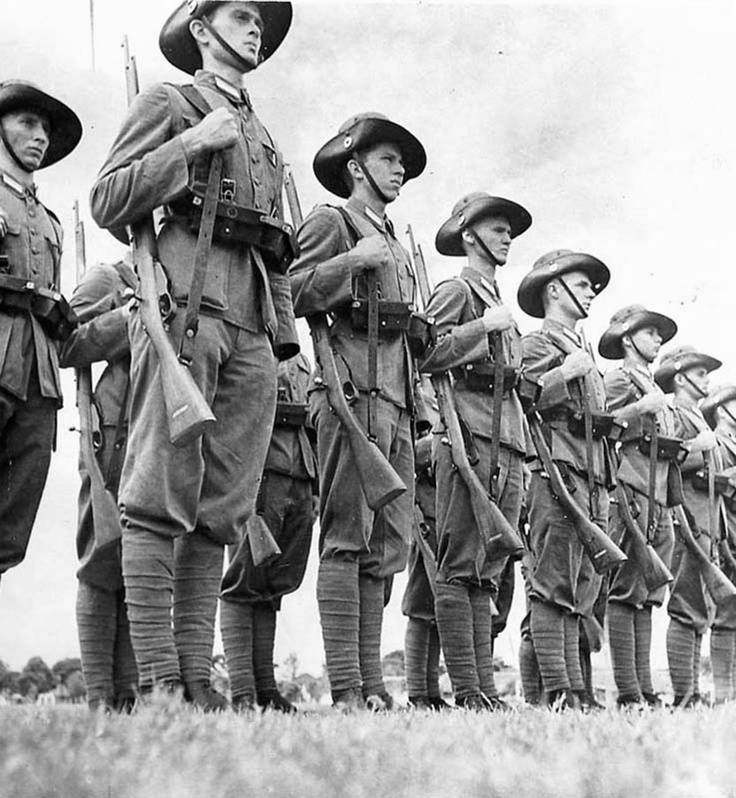
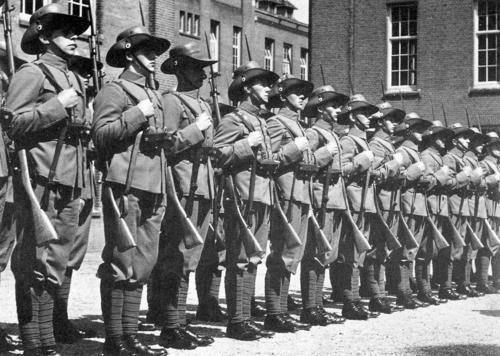
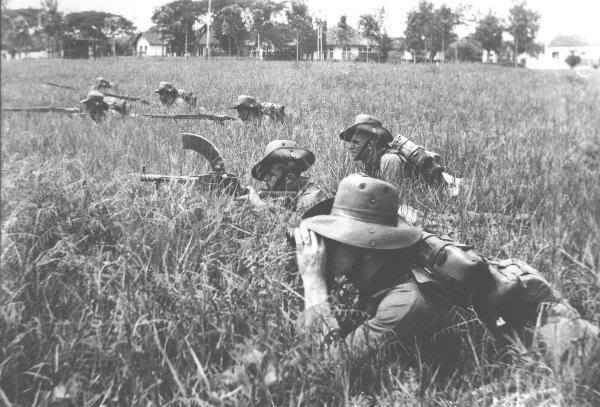
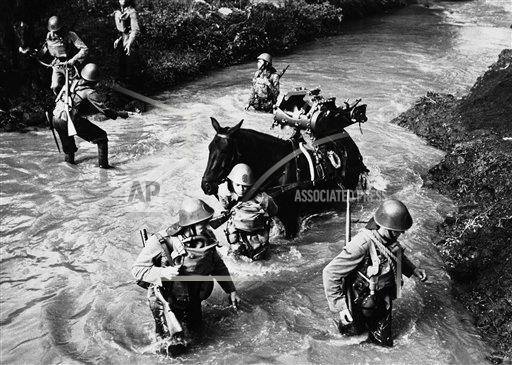
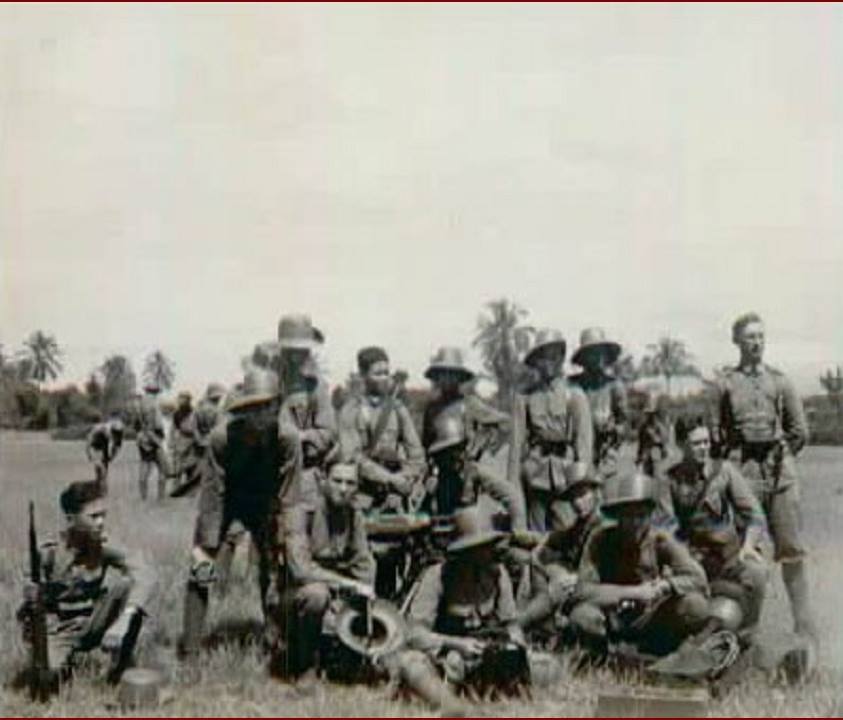
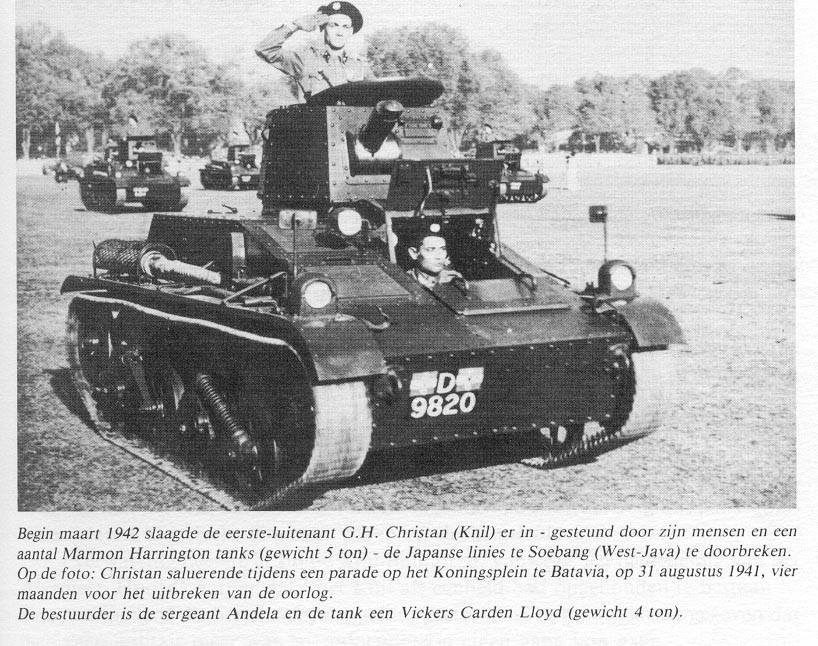
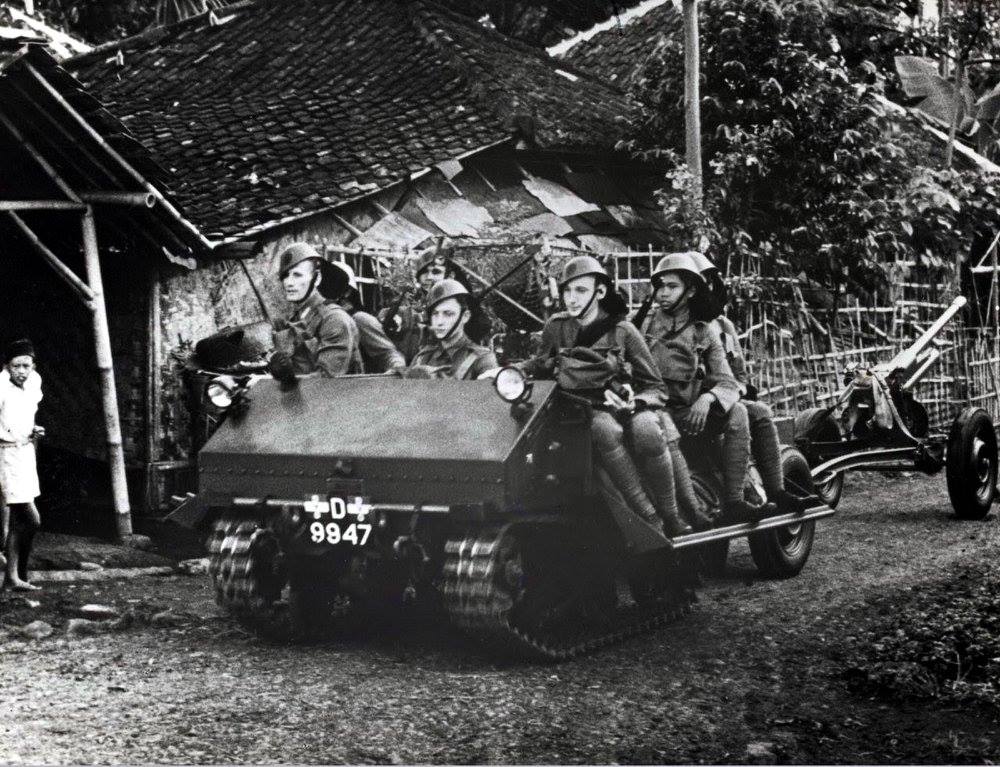
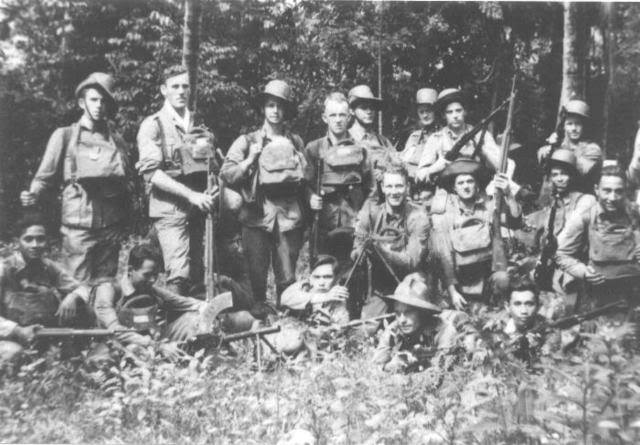
Within the ABDA Command on Java, the Americans comprised the smallest contingent. Their senior officer was ADM Hart. Besides the 131, the other two contributing entities were the USS HOUSTON and USS MARBLEHEAD.
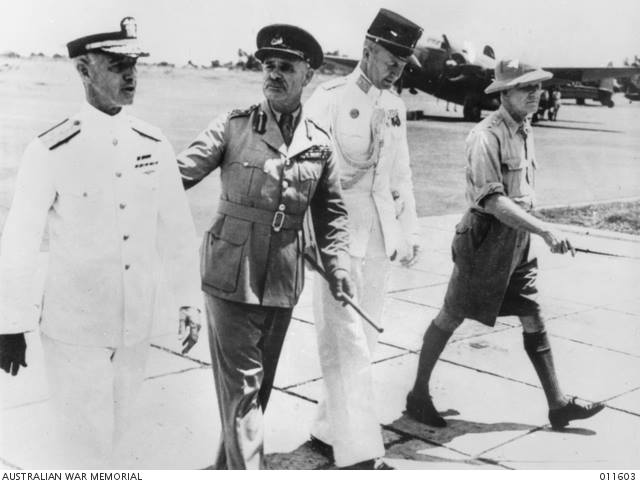
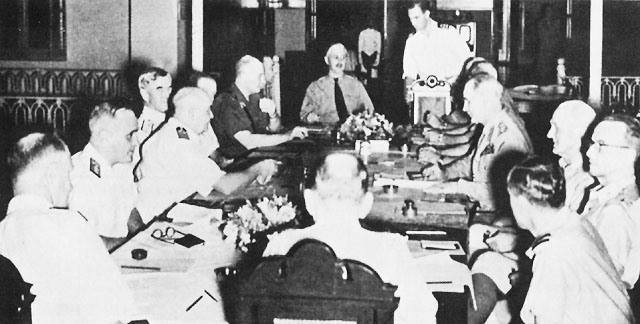
(American, British, Dutch and Australian)
The IJA invasion force landed on 1 MAR 42 and by 8 MAR the Dutch could read the writing on the wall and capitulated. Thus beginning the POW ordeal for tens of thousands of Allied military and DEI civilians. There were many more civilian camps on Java than military POW camps.
The K N I L
In the run-up to WW2 in the Pacific, the Royal Netherlands East Indies Army (aka Koninklijk Nederlands Indisch Leger or KNIL) was utterly unprepared for the kind of fight that was to come. First of all, they were organized and equipped more as a national police force than a defense force. They were light infantry at best with their heaviest vehicles being armored trucks similar to the half-tracks used in the European Theater. Secondly, they were cut off from any support when the Nazis overran the Netherlands in 1940.
About 28,000 of the 85,000 members of the KNIL were native conscripts, they received little actual military training. The bulk of the force consisted of European Dutch and men of mixed blood. Many of the officers with actual military training were from the former group. In addition, there was a small air force (<400 obsolete planes) and a Navy of reasonable size and strength but with little training. Their largest ship was the light cruiser DeRuyter. The most plentiful were their 10 destroyers.
The bulk of the army was maintained on the island of Java which contained the capital city of Batavia (later: Jakarta). The advancing Japanese had no problems securing control of Borneo and other outlying islands to Java’s north and east. There they established airfields and support bases for the final assault on Java.
On Feb 27th 1942, a flotilla of ships under the command of ADM Doorman sailed out to met the oncoming invasion fleet. Formed under the ABDACOM banner, these 5 cruisers and 9 destroyers were as the name implies: Australian, British, Dutch and American. They had never trained together and there was difficulty in that the Dutch spoke little English nor did the admiral. Throughout the day they fought a running battle at some distance from the IJN combat ships that sailed forward to met them. They never sighted the main invasion force. By evening, only the USS HOUSTON and HMAS PERTH were left in the fight. There was nothing standing in the way of the invasion.
The main landing force arrived on the NW corner of Java at Bantam Bay. They quickly advanced their beachhead and within days were on the outskirts of Batavia. In the weeks, prior to the invasion, Australian, US and British troops had been diverted to Java to try to assist the Dutch. Many of the AUS and UK troops had combat experience in North Africa or the Middle East. The US and Dutch had none.
With a reported force of over 80,000 landing at three points on the island, there was no real hope of stopping the Japanese. On 8 March, the Dutch authorities capitulated. Thousand more Allied POWs were added to those taken in Singapore.
As the Japanese had done with the native Indian troops in Singapore, the Javanese were separated and encouraged to join the Japanese as PETA (Pembela Tanah Air). They would ostensibly assist the Japanese in ending the Dutch colonization of their homelands. As with the Indians, this ploy was only moderately successful.
The Dutch prisoners were sent to prison camps along with the AUS, UK and US POWs. Most of the Dutch and many of the other Allied POWs from Java were eventually sent north via Singapore to work on the Thai-Burma Railway. They would be joined by an unknown number or Javanese civilians.
